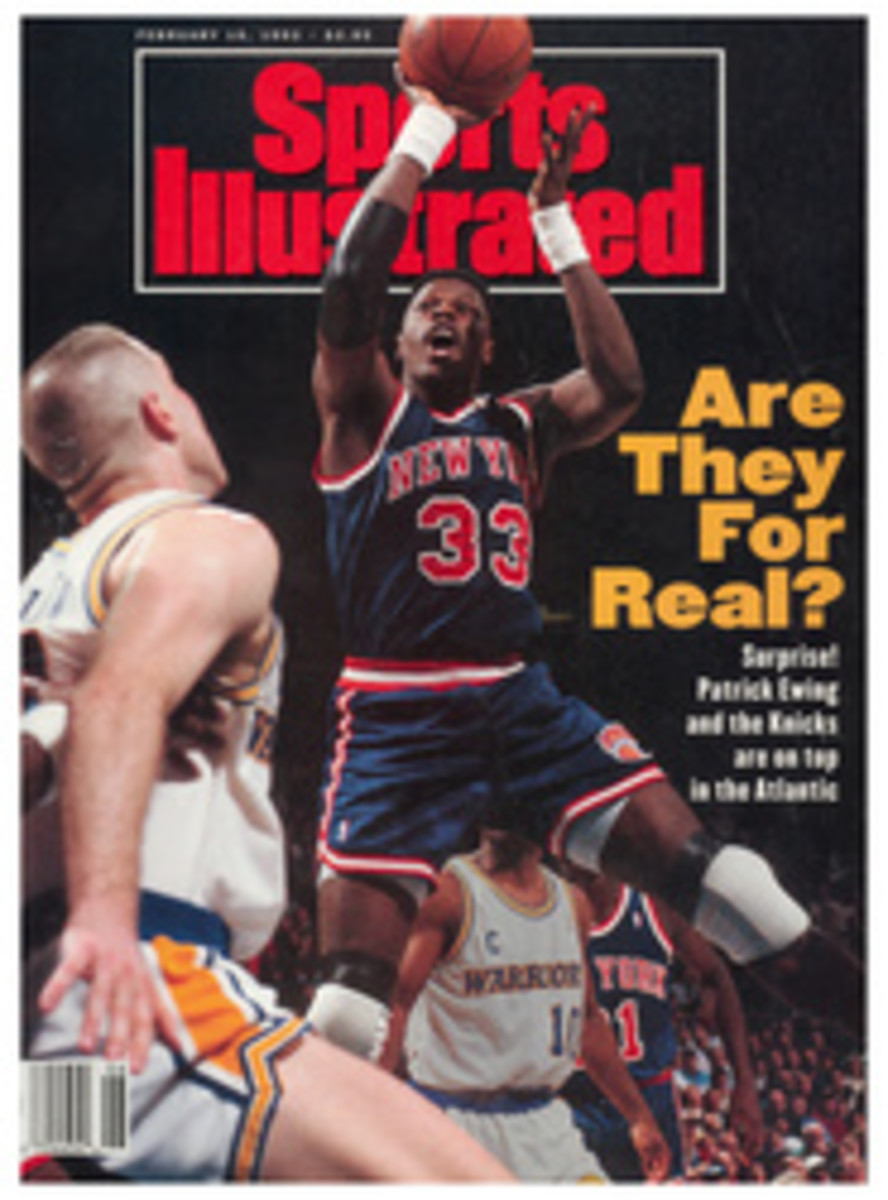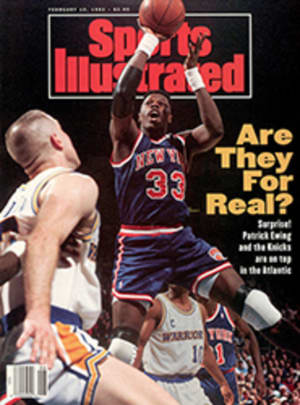
'Four Arthritic Old Males' Go A-Mushing
On the day of the race, dawn barely makes it to Anchorage, Alaska. Flurries of snow sift down. "What a great day," says Dick Tozier. The dean of sprint mushing in Alaska and president of the Alaskan Sled Dog & Racing Association (ASDRA) had been sweating the weather. An unseasonal thaw followed by subfreezing temperatures had left Tudor Track too icy for sled dog racing.
But now, with each descending snow flake, Tozier's spirits rise. An inch or two of new snow will give Tudor Track a soft, safe surface and save the 18th running of the Exxon Open.
This afternoon, 13 professional mushers will compete in the open class over a 16-mile course for shares of a $10,000 purse. Most will run teams of 16 or 18 dogs. But this morning belongs to the amateurs. Forty-four entrants show up to race in the three-dog, five-dog and seven-dog classes on courses of three, six and eight miles, respectively.
Typical is Christy Hupp, who arrives in a van with nine dogs in pet carriers. A true zealot, Hupp works nights running her own janitorial service to leave her days free for mushing. She hopes to own a racing kennel some day.
Susan Wagnon, ASDRA's veterinarian, pulls in with her dog truck—a pickup outfitted with pigeonhole boxes for dogs. She's a contender in the seven-dog class.
Jim and Treva Carpenter arrive with their 10 Siberian huskies, the only purebred dogs in evidence among the 142 animals here. They are lean, deep-chested, wasp-waisted mixtures of husky and hound that are bred to run at top speed from start to finish.
Dawn Mendias drives up with her three house pets in the back of her car. A junior high school teacher in Anchorage with grown children, Mendias took up mushing five years ago with Tuffer and Chaser, two dogs of mixed-breed parentage who couldn't seem to get the hang of the sport. "They kept hopping into the sled for a ride," Mendias says. So she bought Dottie, a trained Alaskan husky, to lead the other two around the track. All was going well, Mendias says, when during a training run, Dottie met up with a moose, one of 1,000 or so living in the woods around the city. The moose lashed out with its hooves and "just about tore one of Dottie's legs off," Mendias recalls. After months of costly orthopedic surgery and therapy, Dottie is back today, happily leading Tuffer and Chaser around the three-mile course.
I'm in there, too. ASDRA members have rounded up three retired huskies and loaned me a sled so that I can experience what sprint mushing is all about. Four arthritic old males, three of whom are dogs, will continue a tradition that began 4,000 years ago when nomadic tribes in what is now Siberia hitched their dogs to crude toboggans for easier travel over snowy tundra.
Wagnon, Hupp and another musher, John Wood, escort me to the starting line. Laser, my lead dog, Lerve and Old Bill yip and yowl with excitement, remembering the good old days.
In the timing tower by the starting chute, Dixie Waddell, the starter, begins the countdown. The dogs can count as well as she can. They lunge against their harnesses, eager to run.
Three. Two. One. Go!
My handlers release and roll away. The dogs vault forward. The sled catapults into motion. I'm off. Real mushers don't yell mush. They shout "go" or "hike." Laser knows "go," "gee," "haw" and "whoa."
Out of the starting chute, we plunge into dark spruce thickets. Snow muffles the noise of city traffic. The rhythmic thump of paws and the hiss of the runners are the only sounds I hear. Nearing a turn, I drag a heel to slow the sled. Laser looks back and glares. I lean into the turn, and around we go. The dogs lope happily on.
The trail twists and turns, now rising, now falling; then it sweeps around to the north and aims for the finish line.
My three veterans know it's almost over. They pick up the pace for a strong finish. We are moving at about 15 mph. Cold air numbs my face. Snow stings my eyes. Trees flash by. What a rush the open-class racers must feel when whizzing along at almost 25 mph behind a young, vigorous team. No wonder some mushers keep on mushing into their 80's.
Around a bend, the timing tower looms. Laser bounds over the finish line and into the arms of Hupp, who guides him to our hitching post. Our time for the three-mile race is 10 minutes, 33 seconds. Not first, not last.
Later, the hard-charging pros pick up their trophies and checks. Each makes a little speech and enjoys the sweet sound of applause. But the real reward lies out there on the trail, where four arthritic old males, one of them altogether too human, can still enjoy a romp in the snow.
Downs Matthews is a free-lance writer and editor who lives in Houston.

